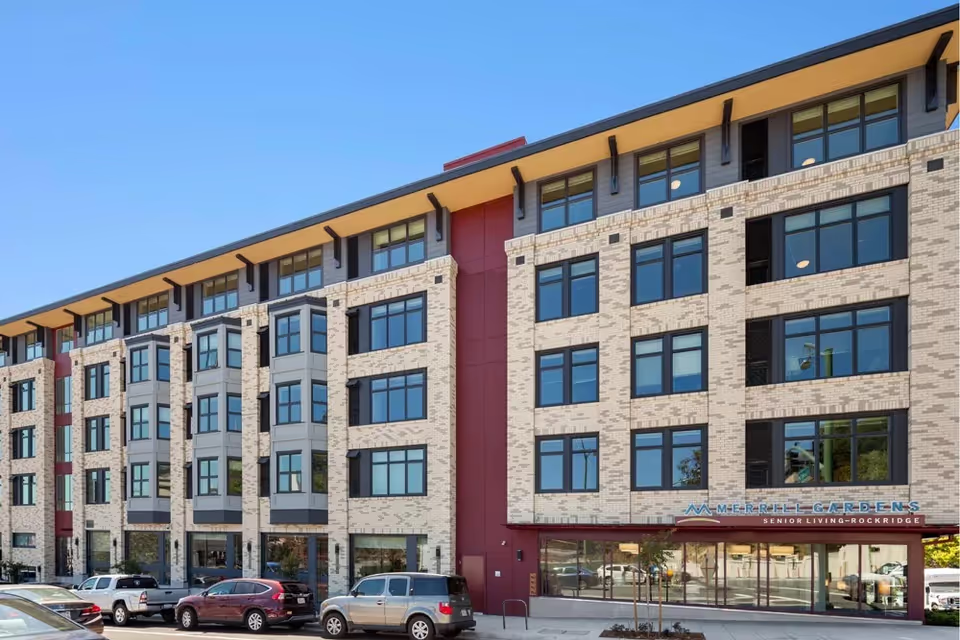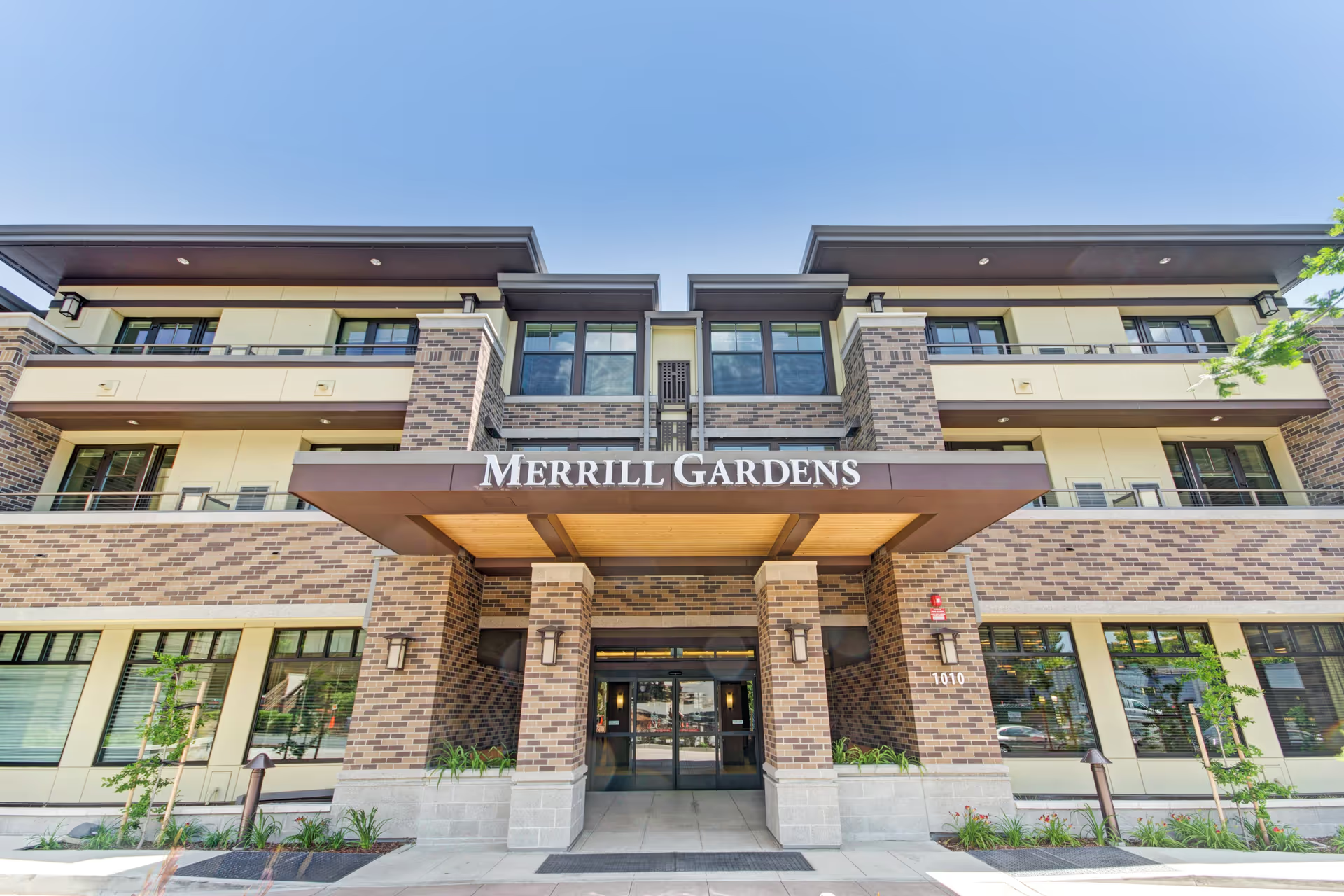Overall sentiment across the reviews is decidedly mixed, with multiple clear strengths in day‑to‑day resident care but also serious concerns around nutrition and management/communication practices. Several reviewers praise the direct care staff for being friendly, attentive, and hands‑on: residents were kept clean, soft‑food diets were accommodated, mobility support was provided, and visitors were welcomed (extra chairs were even supplied). Some family members described residents as comfortable and happy in the environment and noted a responsive manager and assistance with moving‑out logistics. One review gave an emphatic positive endorsement, calling the home "best" in the Bay Area, underscoring that for some families the level of personal care meets expectations.
Care quality and staff behavior are recurring positives. Reviews consistently mention that caregivers attend to daily hygiene, respond to needs, and adapt diets when required (for example, soft‑food preparation). Mobility assistance and a generally comfortable environment for residents were reported. Where communication and management were functioning well, reviewers noted a responsive manager and practical help for transitions, suggesting that operationally the home can provide helpful support to families and residents.
Dining and nutrition emerge as a major area of concern. Multiple entries point to inadequate nutritional training for staff and a pattern of meals that are overly starch‑based and low in variety (examples include mashed potatoes and gravy served with crackers and a canned peach, spaghetti, and salty ramen). One review explicitly links nutrition or care to a serious outcome: a resident was recently hospitalized for edema. While the reviews do not provide a clinical attribution, the combination of limited meal variety, potential high salt content, and a documented hospitalization raises a notable red flag about the facility's dietary practices and oversight. This suggests the need for clearer menus, better staff training on nutrition, and monitoring of resident dietary-related health indicators.
Management and communication present the sharpest contrast among reviewers. On the positive side, some families found management responsive and helpful during moves. On the negative side, at least one review describes a severe breakdown in communication and procedure: belongings were packed and a room emptied without explanation, and a resident (a father) was removed from the facility without notice. That reviewer characterized the experience as "terrible" and expressed disappointment. These reports point to inconsistent administrative practices and a real risk of distressing, disruptive incidents for residents and families. The coexistence of both praise for an engaged manager and reports of abrupt, unexplained actions indicates variability in how situations are handled and possible lapses in protocol or family notification procedures.
Facilities and atmosphere are described as comfortable but modest. Reviewers note the home is "not Ritz decor," implying basic or utilitarian surroundings rather than upscale accommodations, but that did not prevent some residents from being described as comfortable and content. The provision of extra chairs for visitors is a small but positive detail about the home's approach to family engagement.
In summary, Good Shepherd Care Home appears to offer compassionate, attentive hands‑on care in many cases, with staff who are friendly to visitors and capable of providing personal care, mobility help, and dietary accommodations for softer foods. However, there are consistent and significant concerns about meal quality and nutritional oversight, and at least one severe incident reflecting poor communication and questionable administrative practice. Prospective residents and families should weigh the strengths in personal caregiving against the documented issues in food service and management communications. If considering this facility, it would be prudent to inquire specifically about nutritional policies and staff training, request sample menus, ask how families are notified of major changes or transfers, and check for written protocols governing resident belongings and transfers to ensure those processes are transparent and reliable.







